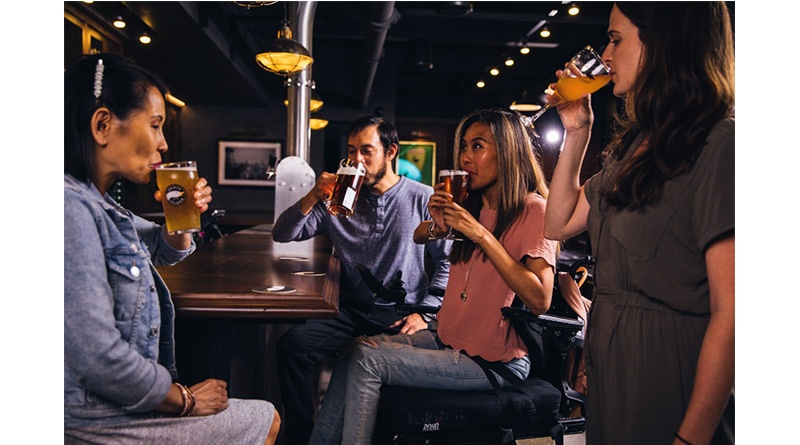Pubs Swifter To Open Up Again As Restaurants And London Lag Behind

Fewer than two thirds (62%) of Britain’s licensed premises were trading again by the end of July following the lifting of COVID-19 lockdown restrictions. The pattern of reopening has also been uneven, with pubs ahead of restaurants and London lagging the rest of England, the new Market Recovery Monitor from CGA and AlixPartners reveals.
Scotland and Wales also trail the rest of the country, having been given the green light to start trading some time after the July 4 start date in England. Independent businesses have also been less likely to reopen than bigger companies, with 52% open at the end of July compared to 75% of group-managed sites.
Overall, 87% of food-led pubs and 84% of high street pubs have reopened. By contrast, just 56% of full-service restaurants and 63% of casual dining restaurants have opened their doors, following moves by several large brands to permanently close sites or undergo Company Voluntary Arrangements (CVAs).
While more restaurants will have been incentivised to reopen by the government’s VAT cut and Eat Out To Help Out initiative in August, the Monitor’s data suggests that the COVID-19 pandemic may substantially reduce the size of Britain’s casual dining and restaurant market. Bars and sports and social clubs have also seen lower opening numbers.
The Market Recovery Monitor also highlights variations in the reopening of the eating and drinking-out sector from region to region, and significant challenges for London in particular. Nearly three quarters (73%) of sites are now open in the North East and South West of England, for example—12 percentage points more than in the capital (61%), where a steep fall in office workers and tourists has prompted many businesses to stay closed.
As many consumers continue to work from home and avoid public transport, London’s number of licensed premises trading is likely to remain far short of pre-lockdown totals for some time to come. In contrast, the South and South East has most licensed premises open.
Operating numbers are currently much lower in Scotland and Wales too at 59% and 34% respectively, where the sector’s reopening has lagged behind England. Across the whole of the British market, nearly 71,000 licensed premises out of a potential of almost 114,500 were trading again by the end of July—62% of the pre-lockdown total.
“This new data makes it clear that hospitality’s road to recovery will be long,” said Karl Chessell, Business Unit Director for Food and Retail at CGA. “It is encouraging to see so many pubs back up and running soon after the end of lockdown, but that is in sharp contrast to the casual dining restaurant sector—especially in city centres, where footfall remains well below pre-COVID levels as shoppers, diners and drinkers opt to stay closer to home. The Eat Out To Help Out scheme and staycation trend will both hopefully encourage more city and town restaurants to return over August.
“However, much will now depend on consumer confidence and pandemic restrictions. The number one challenge for businesses is to respond to people’s concerns and demonstrate that they can have a safe and enjoyable experience when they go out to eat and drink. If they can achieve that, we can expect to see site and trading numbers increase over the summer and autumn.”
AlixPartners managing director Graeme Smith said: “With a little over a month since hospitality businesses were allowed to welcome back customers, these figures demonstrate that the shape of the recovery and site reopenings is not straightforward and dictated by many factors. While pubs are leading the charge, casual dining and restaurant operators are taking a much more cautious approach. Headlines over the past few weeks have been dominated by news of some of these businesses permanently shuttering sites or restructuring and our view is more of these processes will emerge in the coming period.
“It will be interesting to see over the next few weeks whether the Government’s change of advice in encouraging people back to the office results in greater commuter footfall in large cities, which might encourage operators with sites in those locations to reopen more quickly. The introduction of the ‘Eat Out to Help Out” initiative is also welcome and anecdotal evidence suggests it has had a positive impact on early week sales. Ultimately, the saying ‘never let a good crisis go to waste’ holds true; it has been an accelerant to technology adoption and well capitalised businesses that are in a position to ride out this crisis may be able to make acquisitions at very keen prices and add value to their group.”
